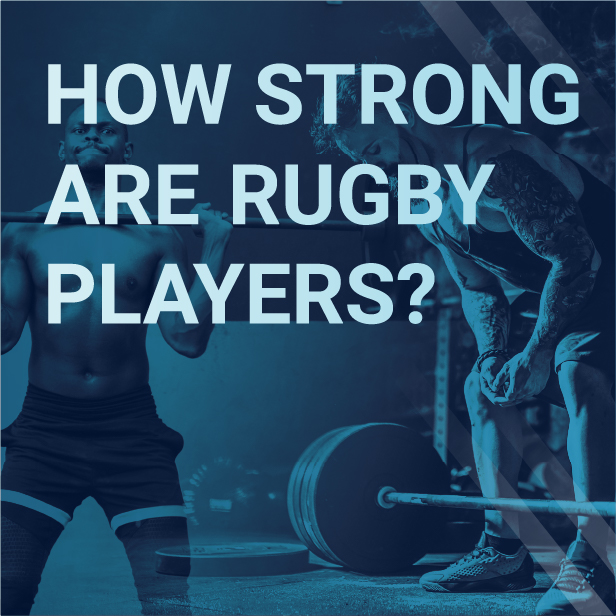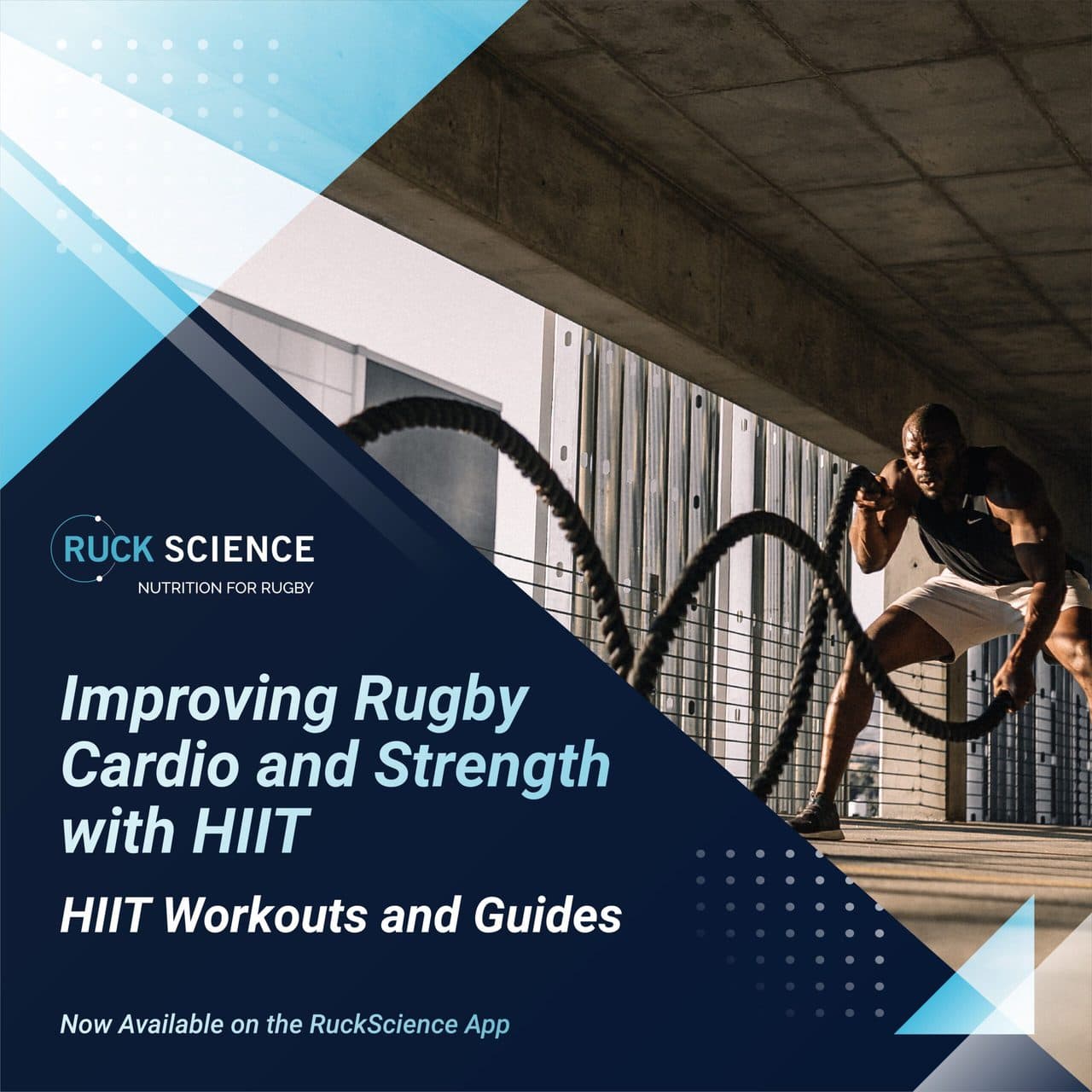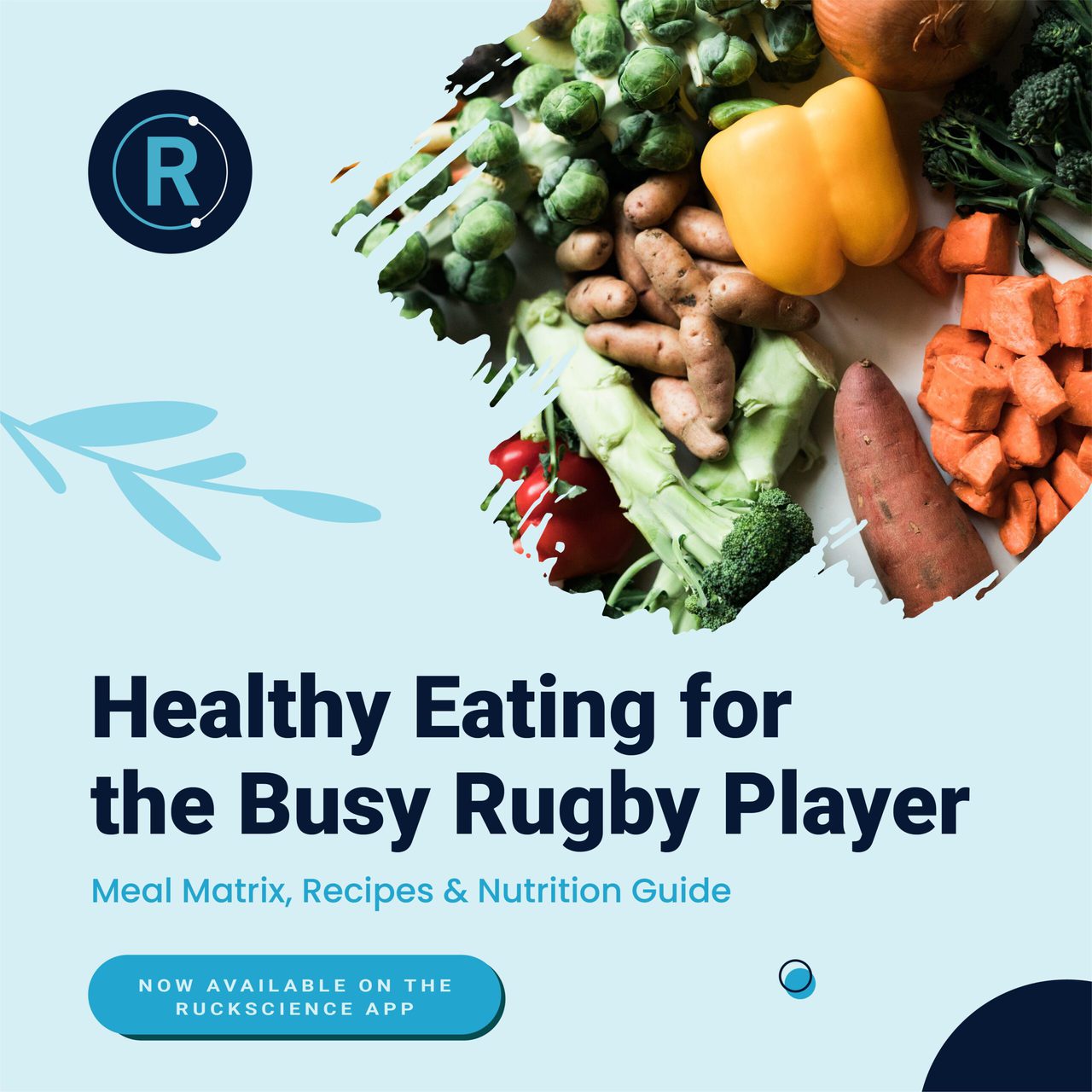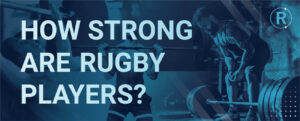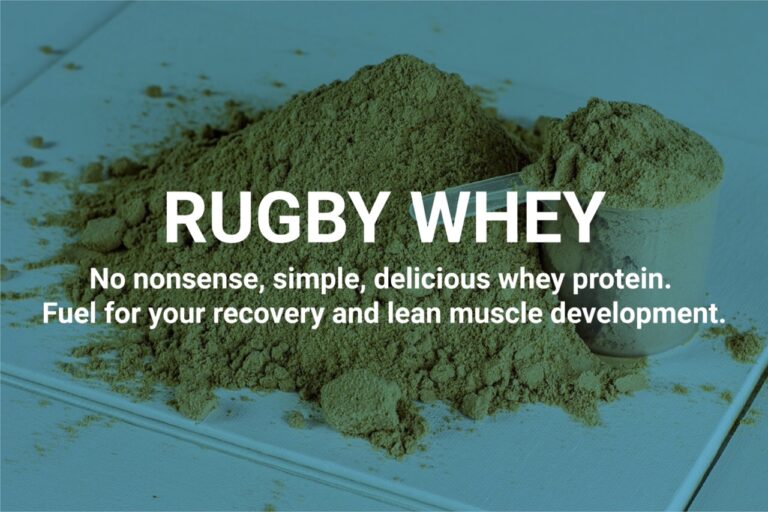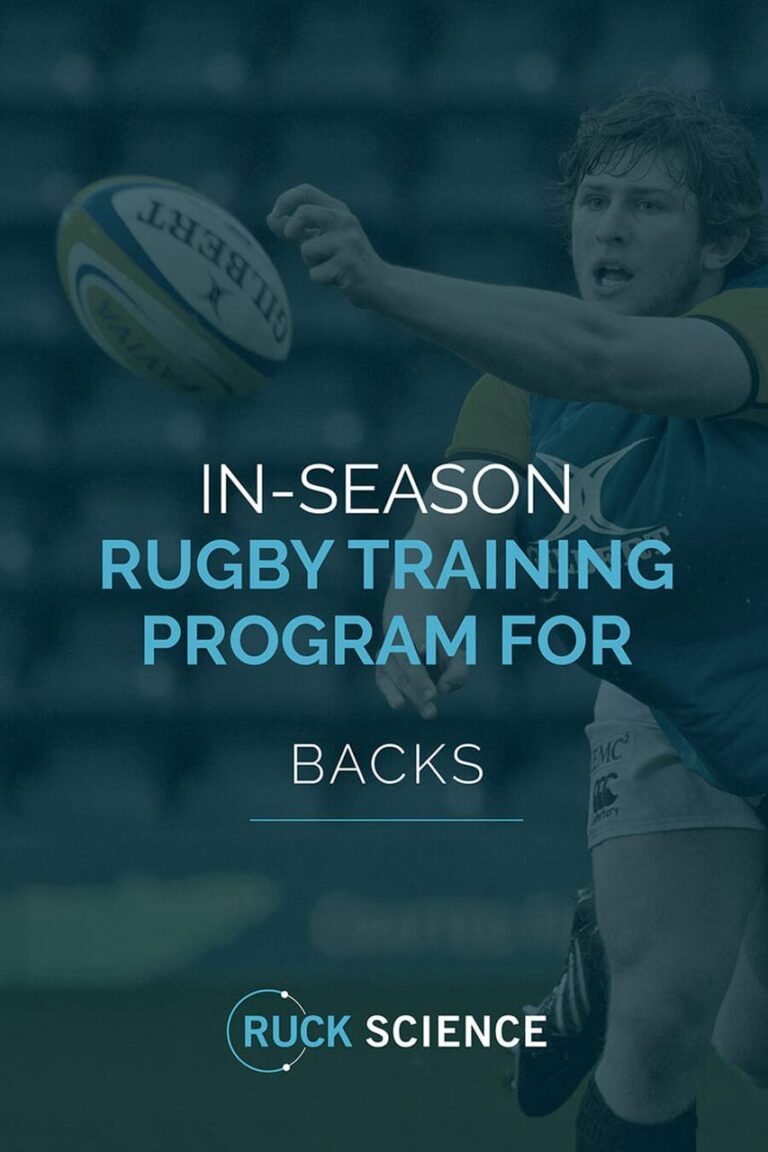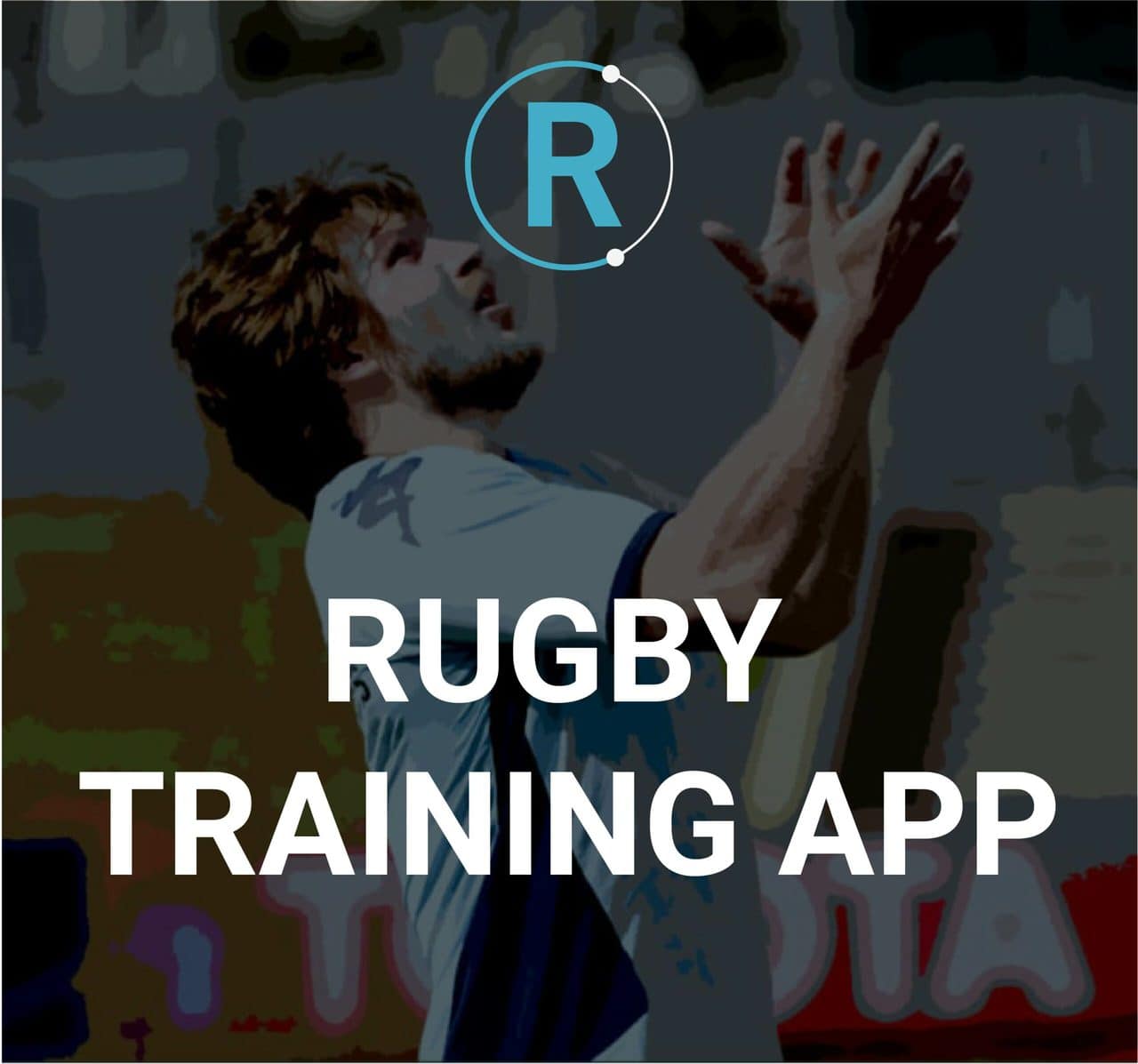
Few sports are as physically demanding as rugby. To be an effective rugger, you need strength, power, muscle mass, aerobic fitness, anaerobic fitness, agility, and mobility. On top of that, you also need to have all the skills required for your playing position.
After all, it doesn’t matter how strong you are if you can’t kick, tackle, scrummage, ruck, maul, pass, catch, etc.
With so many different fitness components to train for, it’s imperative that you get the best possible results from your workouts. You can’t afford to waste your valuable time and energy on ineffective training.
To that end, in this article, we reveal what we believe are the most important weight training exercise for rugby. Build your workouts around these movements to improve your rugby performance.
The 10 Most Important Rugby Weight Training Exercises
Are you looking for the best weight training exercises for rugby? You’ve come to the right place! These exercises provide loads of bang for your buck, delivering the best results in the least amount of workout time.
1. Front squat
Target muscles: Quadriceps, hamstrings, gluteus maximus, erector spinae, core.
When fitness experts say that the squat is the king of exercises, they’re usually talking about the back squat. But, for ruggers, the front squat is arguably the better choice.
Front squats are more knee-dominant than back squats, so they emphasize the quads. Back squats involve more hamstring engagement, but there are better ways to hammer your hammies.
Front squats also require and develop the muscles of the upper body, making them a full-body exercise. They tend to involve a larger range of motion and a more upright torso than back squats, so they’re also better for improving mobility.
The front squat will improve sprinting speed, tackling power, and your ability to change direction quickly.
Variations and alternatives:
- Goblet squat
- Box front squat
- Pause front squat
- Front squats from pins
- Front squat jump
2. Barbell bench press
Target muscles: Pectoralis major, triceps, deltoids.
Hey bro, how much can you bench? If you want a strong upper body for rugby, the answer had better be “a lot!”
Bodybuilders do bench presses to make their pecs bigger, but this exercise is more than just a showy muscle pumper; it’ll increase your strength for fending off tackles and any other rugby-related pushing movement.
Elite ruggers are expected to be able to bench press at least 1.5 times their body weight, and many pros can bench a lot more than that. The barbell bench press should be a cornerstone of your upper body training.
Variations and alternatives:
- Dumbbell bench press
- Incline/decline bench press (barbell or dumbbell)
- Paused bench press
- Narrow grip bench press
- Bench press from pins
- Weighted push-up
3. Deadlift
Target muscles: Hamstrings, quadriceps, gluteus maximus, erector spinae, core, latissimus dorsi, trapezius, rhomboids, deltoids, biceps, forearms.
If you had to choose just one barbell exercise for rugby strength training, the deadlift should be it. In terms of cost vs. benefits, the deadlift is all but unbeatable. It works so many muscles that it’s a self-contained workout.
Deadlifts are one of the best ways to work your posterior chain, which is the collective term for the muscles on the back of your body. These are the muscles that drive you forward, such as when sprinting or pushing in the scrum.
The deadlift is the perfect teammate for the front squat, and, between them, these two exercises provide a balanced lower body workout while simultaneously training many vital upper body muscles. In addition, deadlifts are a prerequisite for power cleans, which are another rugby weight training essential.
Variations and alternatives:
- Paused deadlift
- Deadlift with bands/chains
- Deadlifts from pins (rack pull)
- Romanian deadlift
- Single-leg Romanian deadlift
4. Pull-up/chin-up
Target muscles: Latissimus dorsi, biceps, trapezius, forearms.
Pull-ups and chin-ups work your upper body pulling muscles and help develop a stronger grip. You use these muscles when pulling players off the ball. Pull-ups are done with an overhand grip, while chin-ups are done with an underhand grip. Both exercises are pretty much interchangeable.
However, the greatest benefit of pull-ups and chin-ups is that they test and develop relative strength. Relative strength is the total amount of weight you can lift relative to your body weight. In comparison, absolute strength is your strength regardless of your weight.
If you can’t do many pull-ups, you are either weak for your size or carrying too much body weight, and that excess weight is probably fat. Losing non-muscular weight almost always results in easier pull-ups and chin-ups.
Variations and alternatives:
- Weighted pull-up/chin-up
- Band-assisted pull-up/chin-up
- Paused pull-up/chin-up
- Neutral grip chin-up
- Lat pulldown
5. Barbell push-press
Target muscles: Deltoids, trapezius, triceps.
While the barbell bench press is a crucial upper body pushing exercise for ruggers, the overhead press is equally important. Overhead presses train your deltoids, trapezius, and triceps simultaneously.
However, while all overhead presses are good for rugby players, the push-press is arguably the best choice.
Push presses combine a quarter-depth front squat with an explosive overhead press. As such, they train all your upper and lower body pushing muscles at the same time, developing strength and power in equal amounts. Push presses are especially useful for line-out lifters.
Variations and alternatives:
- Dumbbell push-press
- Kettlebell push-press
- Single-arm push-press
- Split jerk
- Jammer press
6. Power clean
Target muscles: Hamstrings, quadriceps, gluteus maximus, erector spinae, core, latissimus dorsi, trapezius, rhomboids, deltoids, biceps, forearms.
Power cleans are a stripped-back version of the Olympic squat clean and are a full-body explosive power exercise. Power is your ability to produce strength quickly and will improve things like sprinting speed, jumping height, and tackling force.
The power clean is a tricky exercise to learn, so it’s important not to go too heavy too soon. Instead, focus more on bar speed than weight to minimize your risk of injury. Low reps work best for power cleans – leave the high reps to the CrossFit crowd.
Variations and alternatives:
- Dumbbell power clean
- Kettlebell power clean
- Barbell power snatch
- Overhead medicine ball throw
- Tire flip
7. Pendlay row
Target muscles: Latissimus dorsi, biceps, trapezius, forearms, erector spinae, gluteus maximus, hamstrings.
This rowing variation was invented by US weightlifting and powerlifting coach Glen Pendlay. Also known as the dead-stop row, it starts and ends with the barbell resting on the floor. This brief pause between reps gives your lower back and grip a rest making the exercise safer. You should be able to use more weight or do more reps compared to traditional bent-over rows.
The Pendlay row is ideal for all ruggers, but it’s especially good for the forwards, as it closely replicates your position in the scrum.
Variations and alternatives:
- Single-arm Pendlay row
- Row from pins
- Bent-over barbell row
- Chest-supported dumbbell row
- Incline bodyweight row
8. Farmer’s walk
Target muscles: Forearms, core, trapezius, biceps, hamstrings, quadriceps, gluteus maximus, erector spinae.
Rugby strength exercises don’t come much simpler than the farmer’s walk. Just pick a couple of weighty dumbbells and go for a walk. Continue until your hands fail and you cannot go any further.
The farmer’s walk develops full-body strength and endurance, will improve your cardiorespiratory fitness, and also build an unbreakable grip.
A lot of exercisers do farmer’s walks with light weights – don’t be one of them! Instead, work up to carrying about 50% of your bodyweight in each hand. That level of strength will have a huge impact on every aspect of your rugby strength and fitness.
Variations and alternatives:
- Single-arm farmer’s walk
- Trap bar farmer’s walk
- Zercher farmer’s walk
- Overhead farmer’s walk
- Sandbag bear hug carry
- Partner “fireman’s” carry
9. Lunges
Target muscles: Quadriceps, hamstrings, gluteus maximus, abductors, adductors, core.
Many ruggers think squats are the only leg exercise they need to do. And while squats are the king of lower body exercises, they aren’t perfect. For starters, squats are a bilateral or two-legged exercise. In contrast, running and sprinting are unilateral exercises, meaning they involve one leg at a time.
In training, specificity matters. Aspects of your workout must match the demands of whatever you are training for. Squats are a general strength exercise, while unilateral exercises like lunges are more specific to the needs of rugby.
So, complement your squat workouts with a few hard sets of dumbbell or barbell lunges. And yes, that post-training soreness you can feel in your glutes and hamstrings is entirely normal!
Variations and alternatives:
- Split squat
- Walking lunge
- Reverse lunge
- Lateral lunge
- Rear foot elevated split squat (Bulgarian split squat)
10. Barbell rollouts
Target muscles: Rectus abdominis, transverse abdominis, obliques, hip flexors, latissimus dorsi, triceps.
Every rugger needs to include at least some core training in their workouts. Core is the collective term for the muscles of your midsection. These muscles act like a natural weightlifting belt to support your spine and stop it from flexing or extending.
A strong core will protect your spine from injury during tackles and scrummaging. Also, it will ensure that the forces of your legs can be transmitted into your upper body without “power leakages.”
There are lots of core exercises you can do, including crunches, sit-ups, leg lifts, etc. Still, the barbell rollout is arguably one of the best exercises for ruggers as it puts the target muscles under a lot of tension and integrates them with the rest of your body. Plus, you can adjust the weight of your bar to make this exercise easier or harder.
Variations and alternatives:
- Plank
- Inchworm
- Standing rollout
- Stability ball pot-stirrer
- Pallof press
The Most Important Rugby Weight Training Exercises – Wrapping Up
Rugby players need to resist the temptation to train like bodybuilders. They don’t need to hit their muscles from lots of different angles or use isolation exercises to maximize local hypertrophy.
No one cares how buff you are – ruggers lift weights to build useable, functional muscle so they can tackle harder, sprint faster, and push harder in the scrum. And, as you get stronger, your muscles will grow anyway. It’s a happy side effect of productive strength training; form follows function!
Instead, rugby strength training should emphasize movements over individual muscles, focusing on big compound exercises that mirror the demands of the game. Keep adding weight, and you’ll get stronger, even if you focus exclusively on these basic exercises.
Get more from your gym time by building your workouts around these ten exercises and their variations and alternatives.


